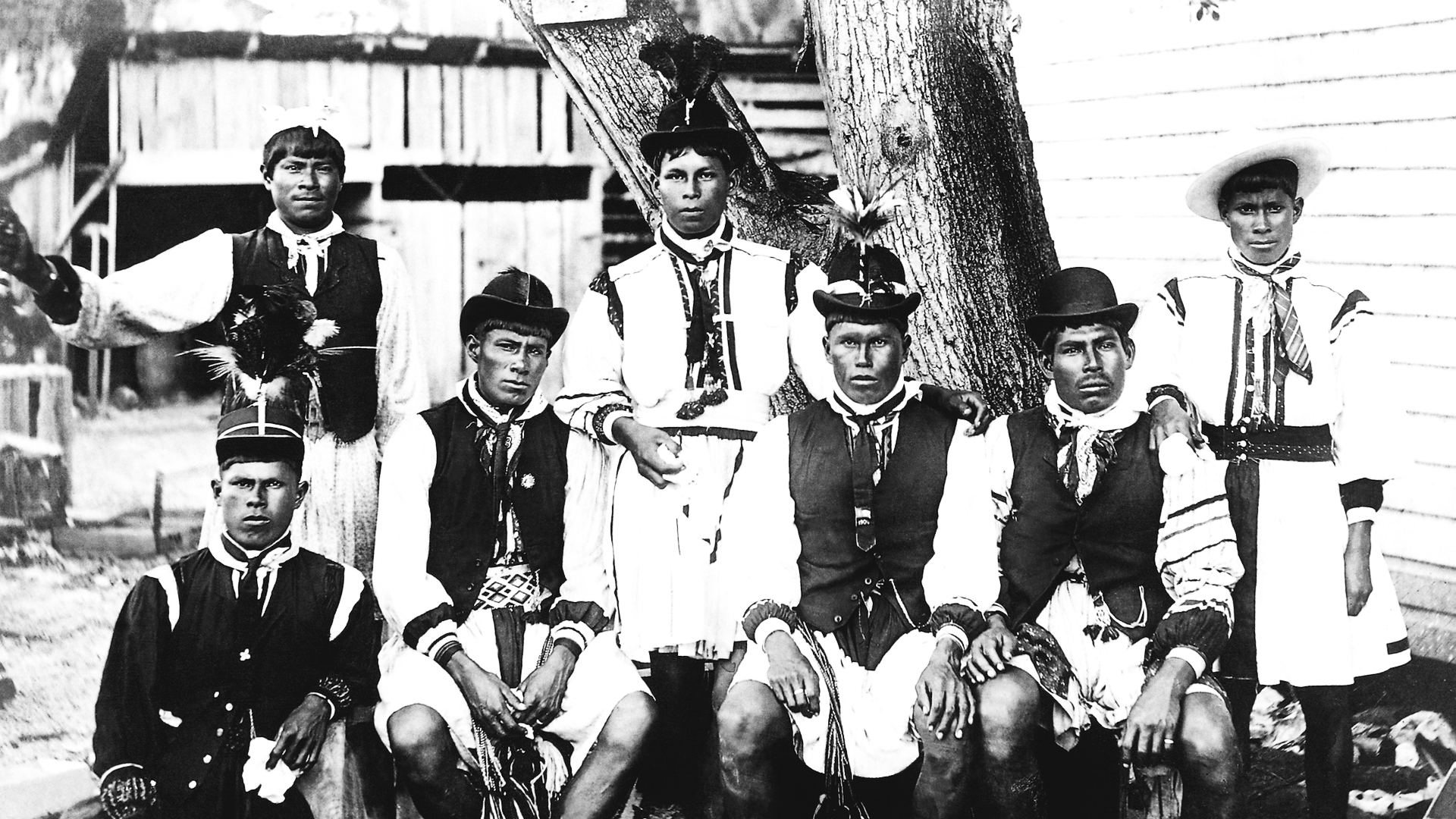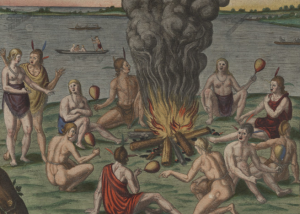The Cape Fear & Waccamaw Siouan: Indigenous History of Southeast North Carolina

Long before the first European ships arrived at the Carolina coast, the Cape Fear River and Lake Waccamaw were home to thriving Indigenous communities.
The Dive
Before there were cities, bridges, or state lines, the land along the Cape Fear River and Lake Waccamaw was alive with Indigenous knowledge, ceremony, and connection. Thousands of years before Europeans ever stepped foot in what we now call North Carolina, Native peoples thrived here, building communities, crafting tools, and shaping the land itself.
The Cape Fear Indians, part of the larger Siouan-speaking peoples, inhabited the lower Cape Fear region for millennia. Archaeologists have uncovered evidence of their camps near River Road and Castle Hayne, with habitation dating as far back as 7000 B.C.E. During the Woodland period, beginning around 1000 B.C.E., they formed larger communities, developed agriculture, made pottery, and participated in far-reaching trade networks.
The Cape Fear River wasn’t just a waterway—it was a highway for life. Dugout canoes carried people, shellfish, tools, and stories. Pottery shards and trade goods found in the region suggest connections with tribes as far inland as the Uwharrie Mountains and beyond.
The Waccamaw Siouan, also known as the 'People of the Falling Star,' trace their origins to a meteor event said to have formed Lake Waccamaw. First recorded by Europeans in 1521, the Waccamaw relocated to North Carolina following violent conflict in South Carolina. Today, they are based in Columbus County, governed by an elected tribal council and active in cultural preservation.
European arrival marked a turning point. In 1524, explorer Giovanni da Verrazzano wrote about the fires and large populations along the Cape Fear coast. But by the 1700s, colonization, disease, war, and forced displacement had decimated Indigenous populations in the region.
Yet, Indigenous peoples never disappeared. Survivors adapted through a process called ethnogenesis, merging with other tribes like the Catawba or forming new tribal identities. Some descendants of the Cape Fear Indians now identify with the Cape Fear Band of Skarure Woccon Indians, who still reside in the area and advocate for their recognition.
Despite being displaced, Indigenous contributions to the region remain deeply rooted. From shaping the longleaf pine ecosystem through controlled burns to trading salt and shells along the coast, Native people influenced the environment and economy in lasting ways.
Today, both the Waccamaw Siouan and the Cape Fear Band remind us that Indigenous presence is not ancient history, it’s living reality. Their stories are still unfolding. Their cultures continue to thrive. And their voices are vital to building a more honest and inclusive understanding of North Carolina’s past—and future.
Why It Matters
Understanding Indigenous history is essential to telling the full story of America, not just from the point of contact with Europeans, but from the deep cultural roots that long preceded colonization. Learning about the Cape Fear and Waccamaw Siouan peoples helps us honor their legacy, recognize ongoing injustices, and uplift Native voices still working to preserve and protect their heritage today.
?
What is ethnogenesis and how did it affect the Cape Fear Indians?
Why is it hard for archaeologists to find evidence of Indigenous life in coastal North Carolina?
How did trade influence the culture of the Cape Fear and Waccamaw Siouan tribes?
What were the consequences of early European contact for Native tribes in the Cape Fear region?
Why do you think it’s important to protect and commemorate Indigenous history today?
How do modern tribes like the Waccamaw Siouan and Cape Fear Band maintain their cultural identity?
What are some examples of how Indigenous people shaped the North Carolina environment?
How can schools and communities better include Indigenous voices and histories?
Dig Deeper
Explore the fascinating history and contemporary culture of North Carolina's American Indian communities.
The Lumbee are a Native American people primarily centered in Robeson and surrounding counties in southeastern North Carolina.
Explore the history of the Tuscarora, one of North Carolina's Indigenous nations, and how colonialism reshaped their fate.
Related

North Carolina’s Three Regions: Mountains, Piedmont, and Coastal Plain
From towering peaks to sandy shores, North Carolina’s geography has shaped its history, economy, and culture. The state’s three regions—the Mountains, the Piedmont, and the Coastal Plain—tell the story of settlement, community, and resilience.

Reed Gold Mine: The First American Gold Rush
The first gold rush in U.S. history began not in California, but in North Carolina—thanks to a doorstop, a 12-year-old boy, and a lucky find in a creek.

North Carolina’s Road to Secession
Why a state known for hesitation became a decisive force in the Confederacy.
Further Reading
Stay curious!
